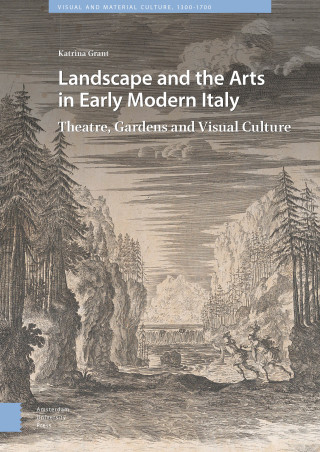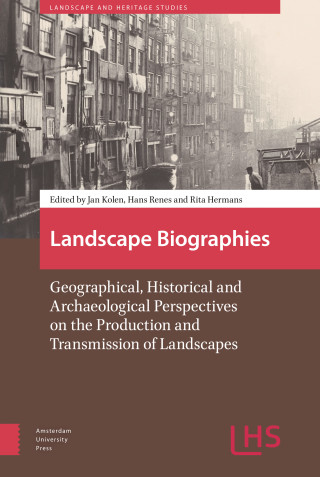Christine Göttler
Christine Göttler, Professor Emerita of Art History at the University of Bern, specializes in the art of early modern Europe. She has published widely on collecting practices, the interactions between various arts and crafts, the alchemy of color, and the changing relations between art and nature and between natural philosophical and religious traditions. Her current book project explores Peter Paul Rubens’s engagement with the global world of seventeenth-century Antwerp.





